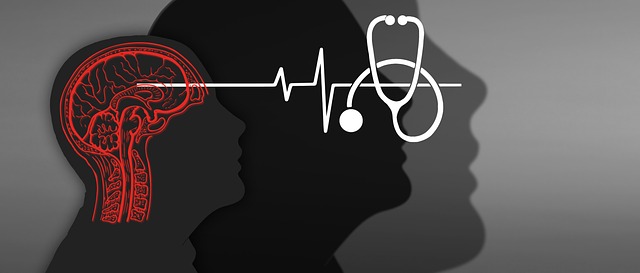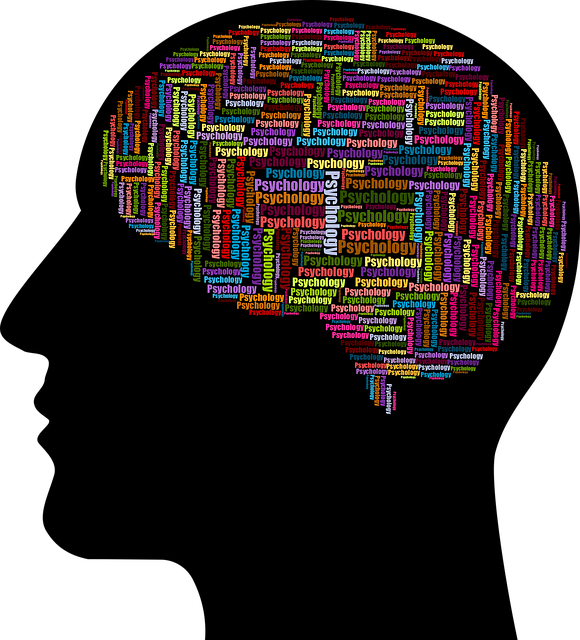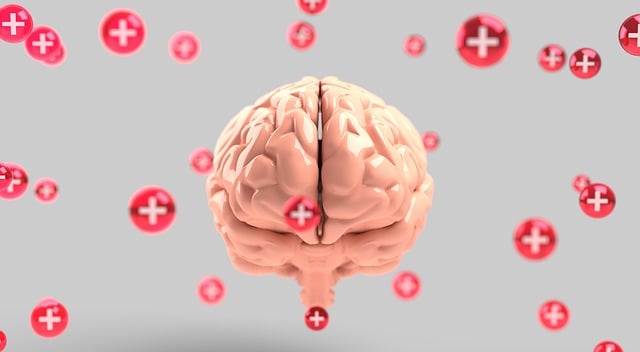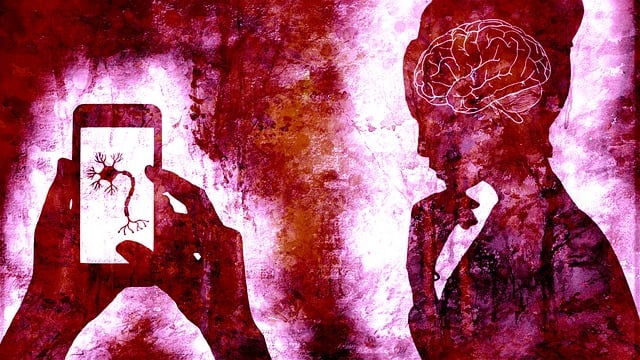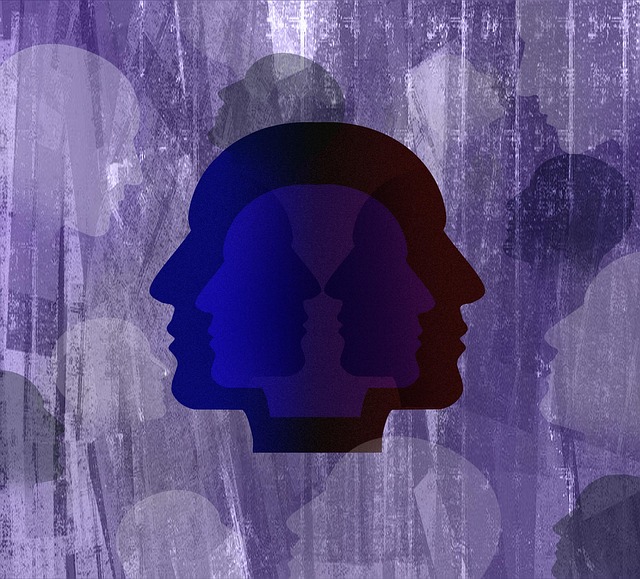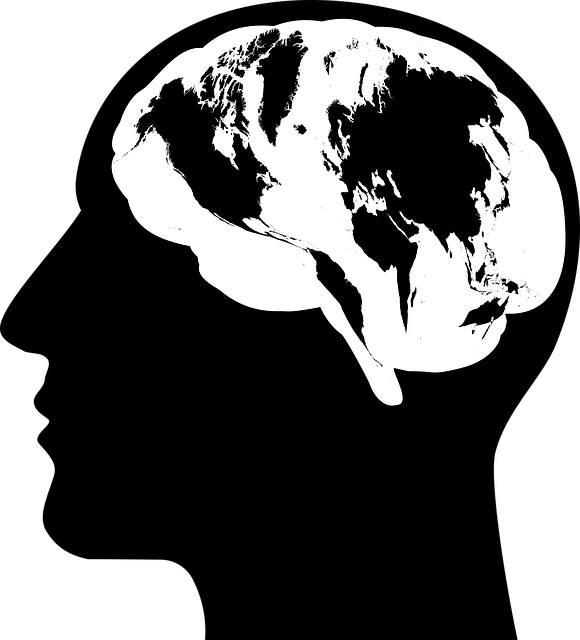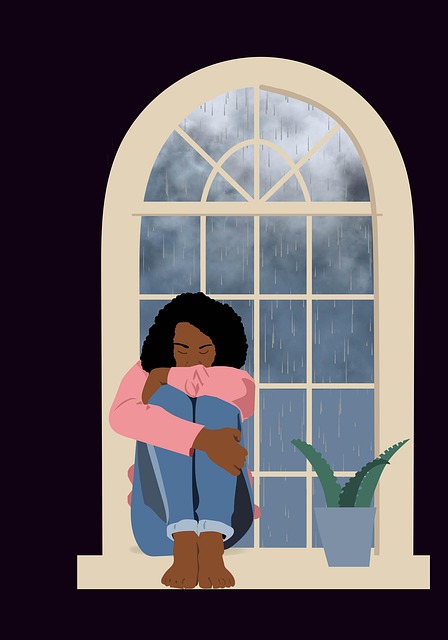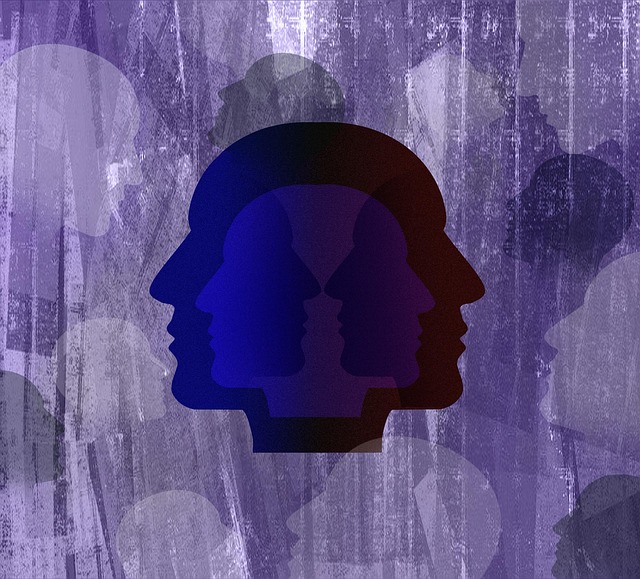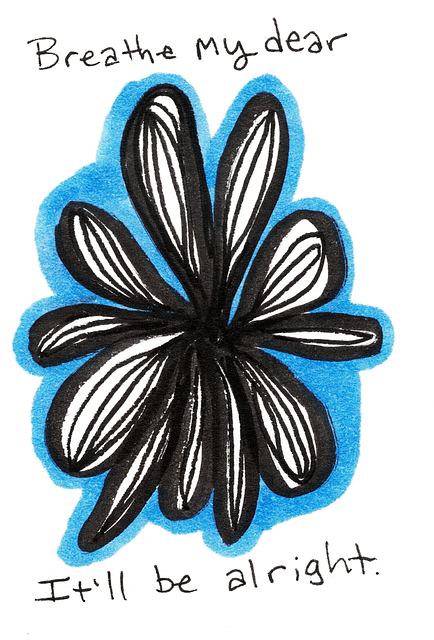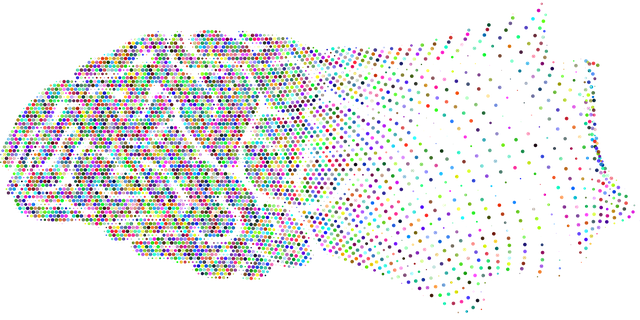In today's digital age, media portrayal of mental health significantly influences societal perceptions, often perpetuating stereotypes about conditions like phobias and discouraging young people from seeking therapy. To counteract this, it's crucial to encourage open dialogue through accurate storytelling, empathetic communication strategies, and self-awareness exercises. Targeting therapy for adolescent teens with phobias using evidence-based practices and positive narratives can challenge stereotypes. Diverse media portrayals, community outreach programs, and burnout prevention for healthcare providers are essential to normalize conversations about mental health, reduce stigma, and improve access to care.
Mental illness representation in media is a topic of growing importance, shaping public perceptions and influencing societal attitudes. This article delves into the current state of mental health portrayal in popular culture, highlighting challenges and harmful stereotypes prevalent across various forms of media. We explore solutions and strategies to foster more accurate and compassionate representations. Furthermore, we focus on the specific issue of therapy for adolescent teens with phobias, emphasizing its role as a powerful tool for empowerment and overcoming anxiety-related conditions.
- Understanding Mental Illness Representation in Media: The Current State
- Challenges and Stereotypes Portrayed in Popular Culture
- Solutions and Strategies for Positive Change
- The Role of Therapy in Empowering Adolescent Teens with Phobias
Understanding Mental Illness Representation in Media: The Current State

In today’s digital era, media plays a significant role in shaping societal perceptions about mental health. The current state of mental illness representation in media often falls short, perpetuating stereotypes and misinformed narratives. Many stories depict individuals with mental health struggles as either villainous or tragic figures, primarily focusing on extreme cases without reflecting the diverse range of experiences. This one-dimensional portrayal not only oversimplifies complex conditions but also discourages those who might be facing similar challenges from seeking therapy for adolescent teens and other forms of treatment.
The lack of nuanced representation hampers mental health awareness, making it crucial to challenge these narratives through more accurate and empathetic storytelling. Incorporating communication strategies that foster open dialogue about mental illness can help normalize conversations, reduce stigma, and encourage individuals, especially young people grappling with phobias or other conditions, to seek support. Encouraging self-awareness exercises that promote understanding of one’s emotions and behaviors can also be instrumental in early intervention and prevention.
Challenges and Stereotypes Portrayed in Popular Culture

The media’s portrayal of mental illness often perpetuates harmful stereotypes, hindering understanding and empathy among the general public. Popular culture frequently depicts mental health issues as either terrifying monsters or tragic weaknesses, neglecting the complexity and diversity of experiences. This binary representation fails to capture the nuances of conditions like phobias, which can manifest in various forms and intensities. It’s crucial to challenge these stereotypes by showcasing more authentic narratives that include successful recovery journeys and resilience.
Therapy for adolescent teens with phobias can be an effective approach to combat these negative portrayals. By integrating positive thinking and evidence-based practices, media creators can foster a more inclusive conversation about mental wellness. Encouraging open dialogue through mental health policy analysis and advocacy can lead to broader acceptance and improved access to care. Ultimately, diverse representations in popular culture have the potential to revolutionize societal perceptions of mental illness, promoting better support systems for those struggling with their mental health.
Solutions and Strategies for Positive Change

Media representation plays a pivotal role in shaping societal perceptions about mental health. To challenge negative stereotypes and foster understanding, several solutions and strategies can be implemented. One effective approach is to promote diverse and accurate portrayals of individuals with mental illnesses, particularly focusing on conditions like phobias that often face stigmatization. Encouraging media outlets to feature characters undergoing therapy, showcasing the therapeutic process for adolescent teens, and highlighting successful recovery stories can help normalize conversations around mental health.
Additionally, integrating self-awareness exercises and encouraging the development of a robust self-care routine among mental health professionals is crucial. This includes implementing risk management planning to mitigate burnout and ensure practitioners prioritize their well-being. By adopting these strategies, media platforms and industry professionals can collectively contribute to creating a more compassionate and informed society, ultimately fostering better mental health support for all.
The Role of Therapy in Empowering Adolescent Teens with Phobias

Therapy plays a pivotal role in empowering adolescent teens grappling with phobias by offering them a safe and supportive space to explore and understand their fears. Cognitive Behavioral Therapy (CBT), for instance, has proven effective in challenging negative thought patterns associated with phobias. Through techniques like exposure therapy, adolescents learn to confront their anxieties in controlled settings, gradually reducing the intensity of their responses over time. This process empowers them to manage their phobias more effectively and regain a sense of control over their lives.
Furthermore, integrating cultural sensitivity in mental healthcare practice is crucial for addressing the unique needs of diverse adolescent populations. Healthcare providers must be trained to recognize and respect cultural differences in understanding and expressing fear, tailoring therapy accordingly. Community outreach program implementation can also complement traditional therapy by fostering open dialogues about mental health, reducing stigma, and encouraging early intervention. Burnout prevention strategies for healthcare providers are essential to ensure they remain empathetic and effective in supporting teens through their therapeutic journeys.
Mental illness representation in media has reached a critical juncture, where accurate and empathetic portrayals can significantly impact public understanding. By challenging existing stereotypes and promoting positive narratives, we can foster a more inclusive environment. The article has explored various strategies, with a focus on therapy as a powerful tool for empowering adolescent teens struggling with phobias. Implementing these solutions will not only enhance media diversity but also encourage support systems that lead to better mental health outcomes for young individuals. Through conscious efforts, we can ensure that media represents the complexity of mental illness accurately and compassionately, ultimately revolutionizing public perception and access to therapy for adolescents in need.

